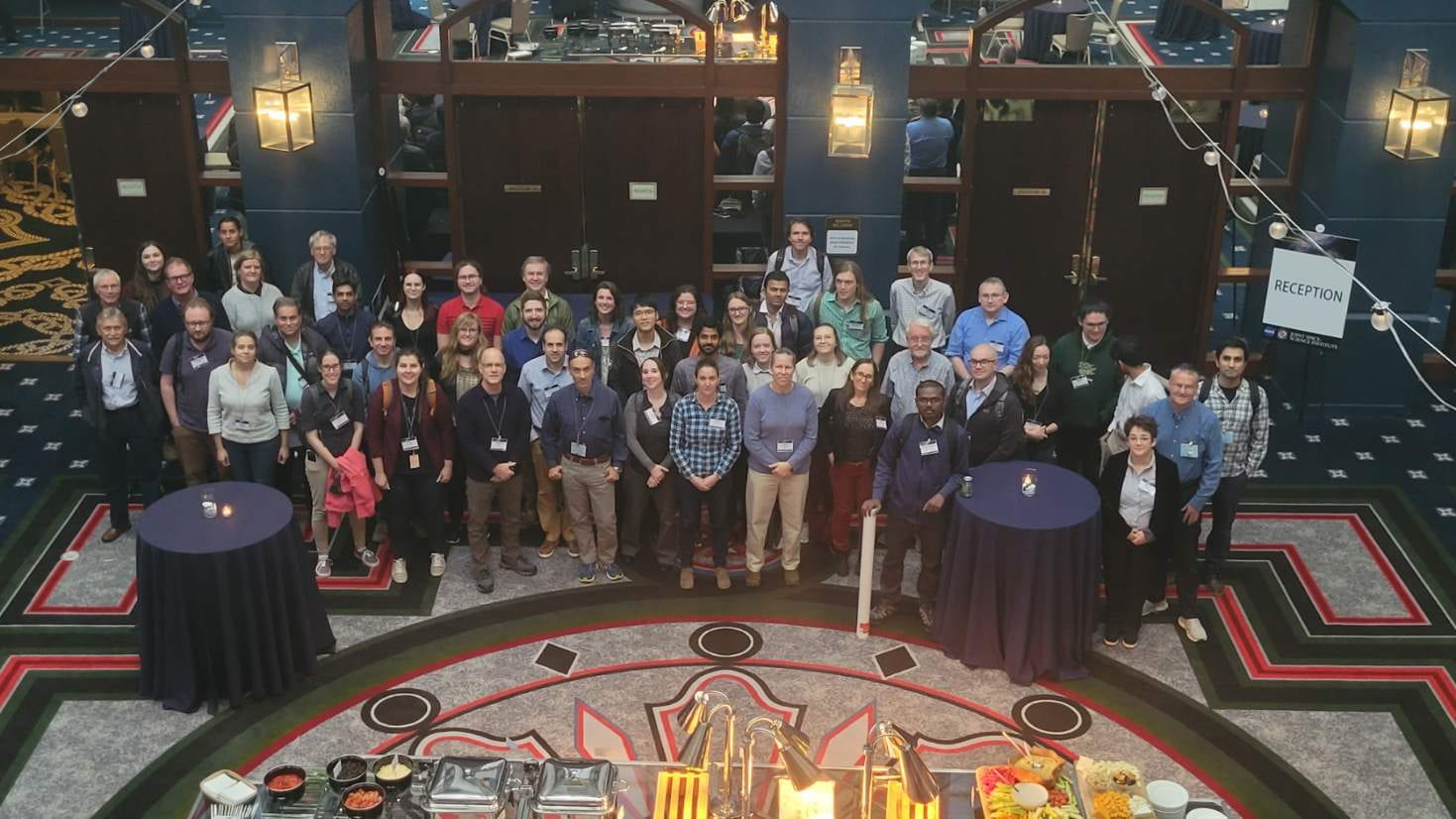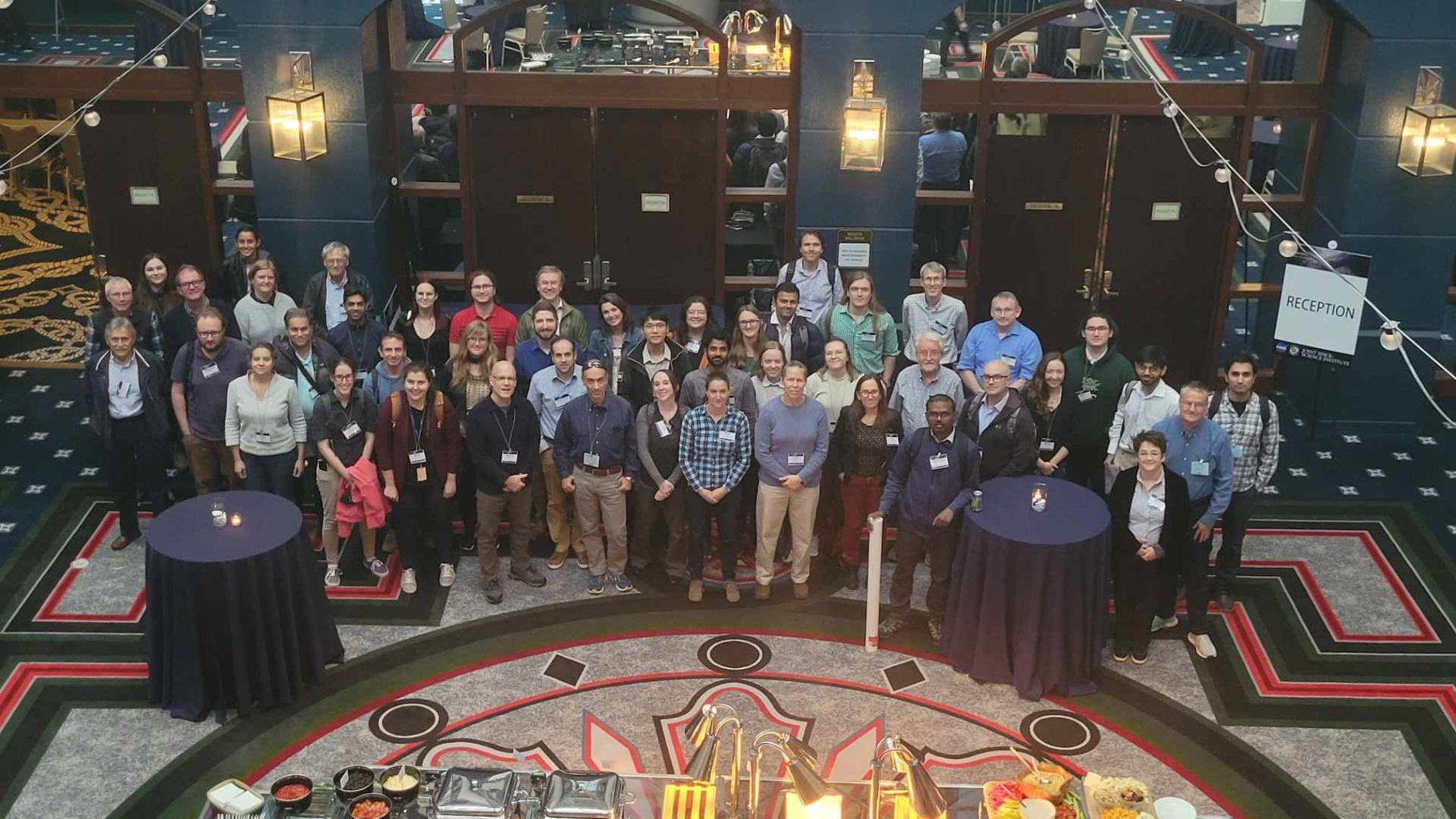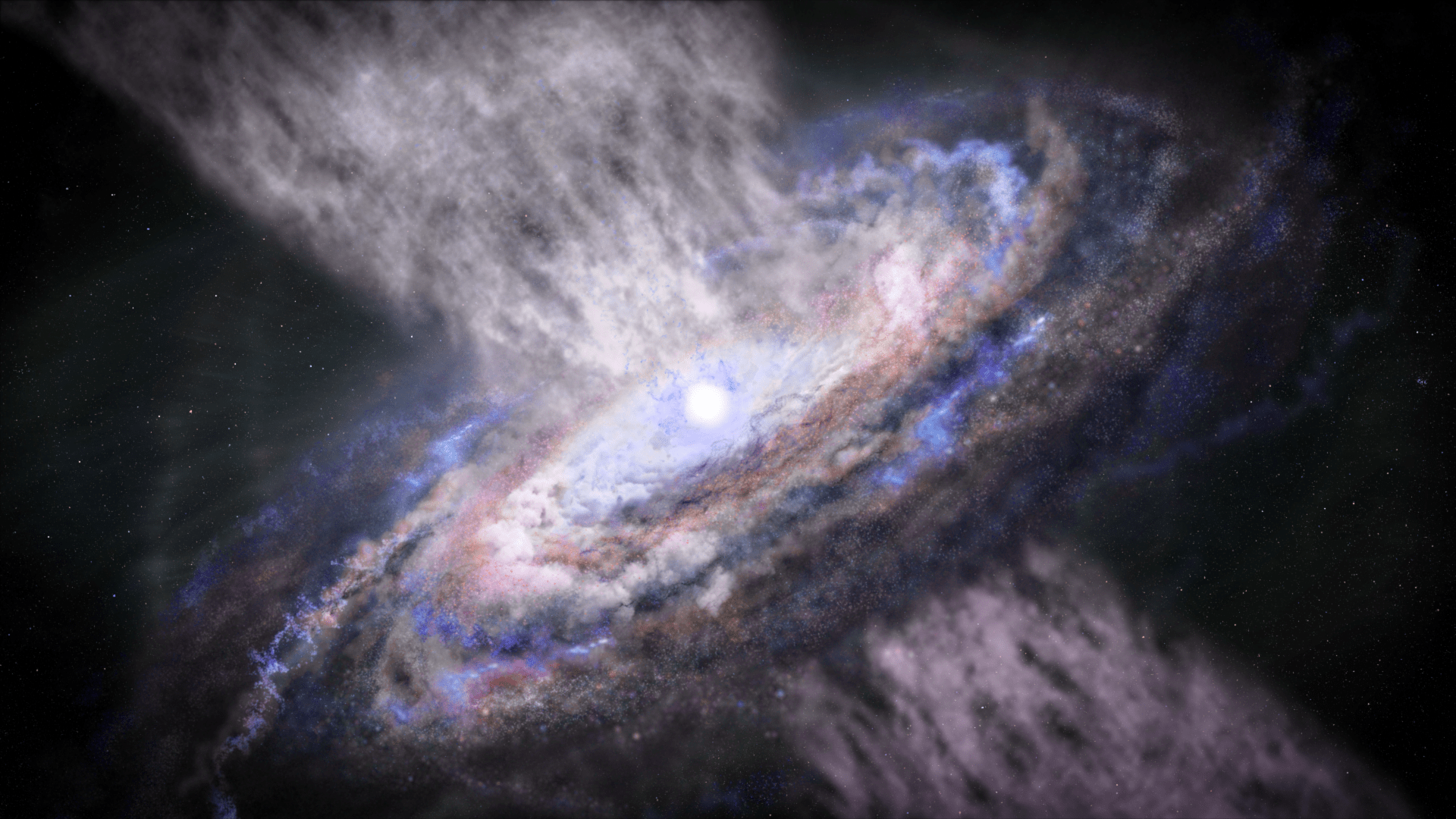Winds throughout the Universe
The Joint Space-Science Institute (JSI), a partnership between the University of Maryland and NASA’s Goddard Space Flight Center, will hold the 2023 JSI Workshop on Winds throughout the Universe, October 11-13, 2023. The workshop will take place at The Graduate Hotel in Annapolis, Maryland.
2023 JSI Workshop Reception



Credit: STScI
Winds are produced by nearly all stars, including hot stars on the main sequence to stellar remnants, and supermassive black holes. Conditions in the wind launching zone range from the extremely hot corona of our own Sun, to extreme magnetic-field dominated magnetospheres of isolated neutron stars, to transient flows of hot gas around merging neutron stars and supermassive black holes with recently tidally disrupted stars. On larger scales, winds driven by stellar processes and supermassive black holes interact with the surrounding interstellar medium and likely affect the subsequent evolution of the host galaxies. Multiple new observational probes have recently emerged to probe these outflows, among which are the Parker Solar Probe providing an extremely detailed look at the solar wind, observations of radioactively powered transients (“kilonovae’’) produced by accretion disc winds following a neutron star merger, and the James Webb Space Telescope which now allows to study winds in galaxies with unprecedented precision. The future also looks very promising with the upcoming launch of XRISM, which will provide a powerful new tool to study hot winds driven by individual stars and stellar clusters as well as supermassive black holes.
The 2023 JSI conference will bring together experts in theory, modeling, and observations of multiple astrophysical systems to discuss recent progress, as well as outline new frontiers in our understanding and exploration of winds in the Universe. The workshop will be divided into six sessions: Our Sun, other stars, stellar remnants, supermassive black holes, a panel discussion, and a session on future directions.
Attendance will be limited to 60-70 participants.
